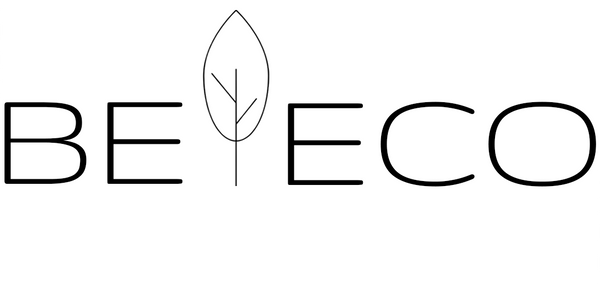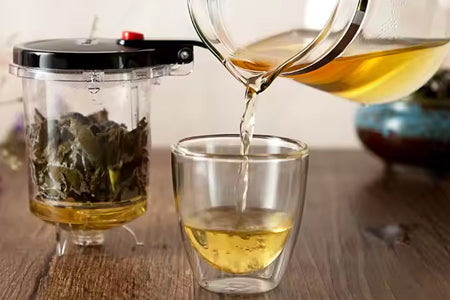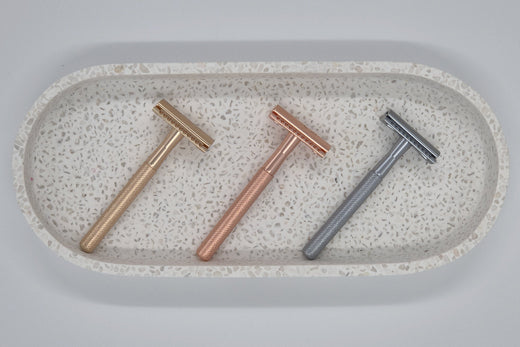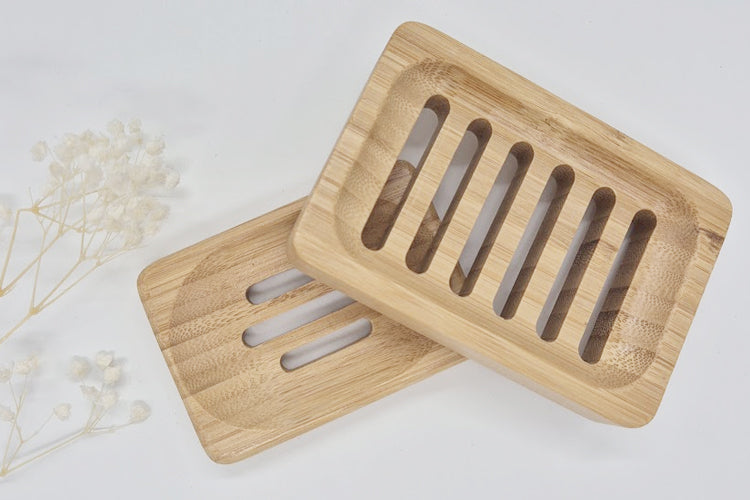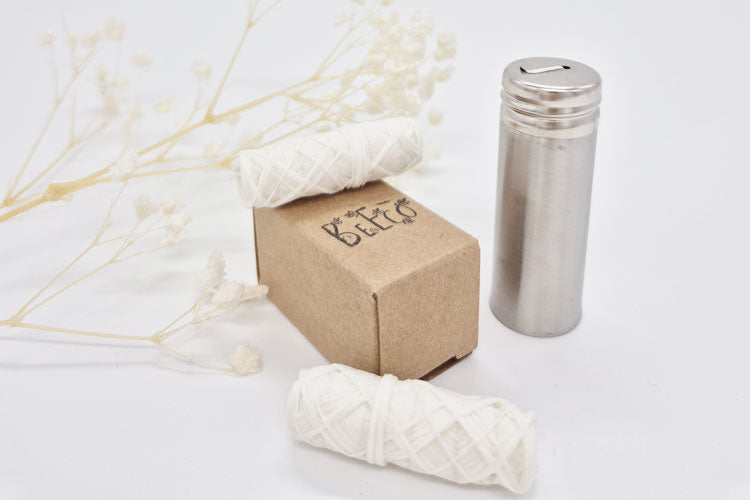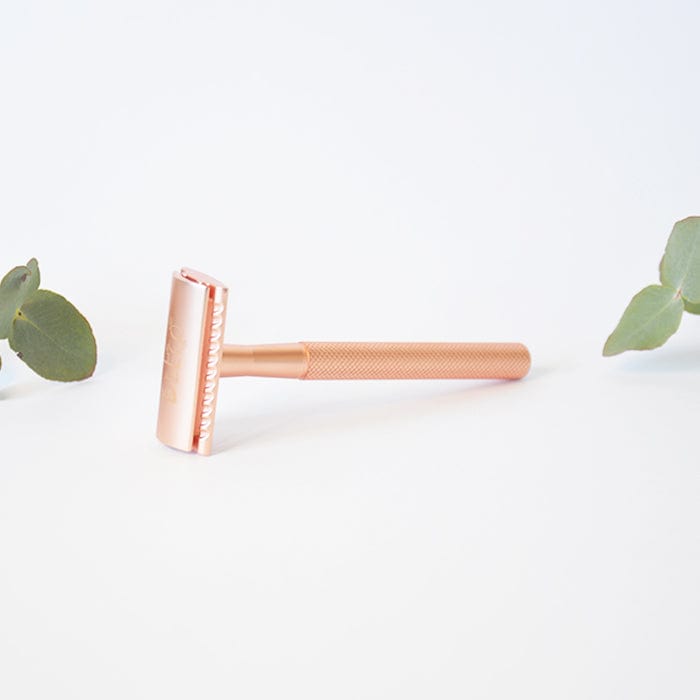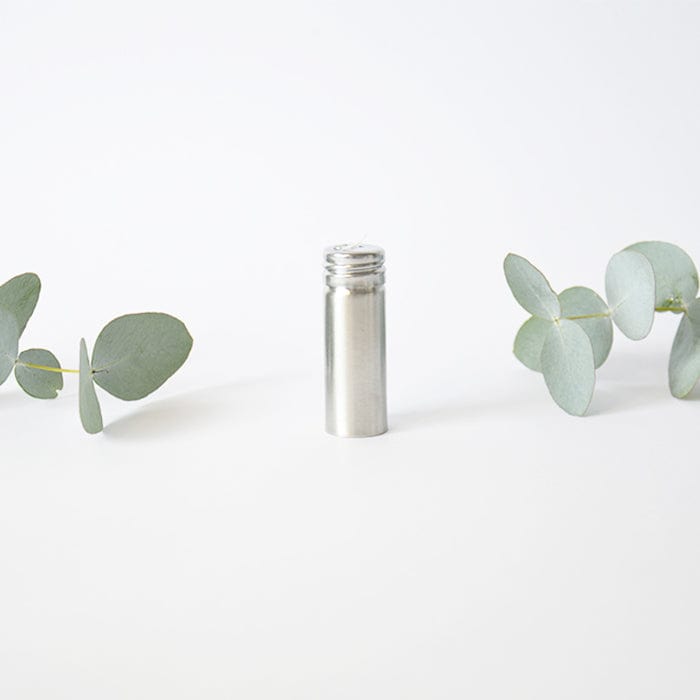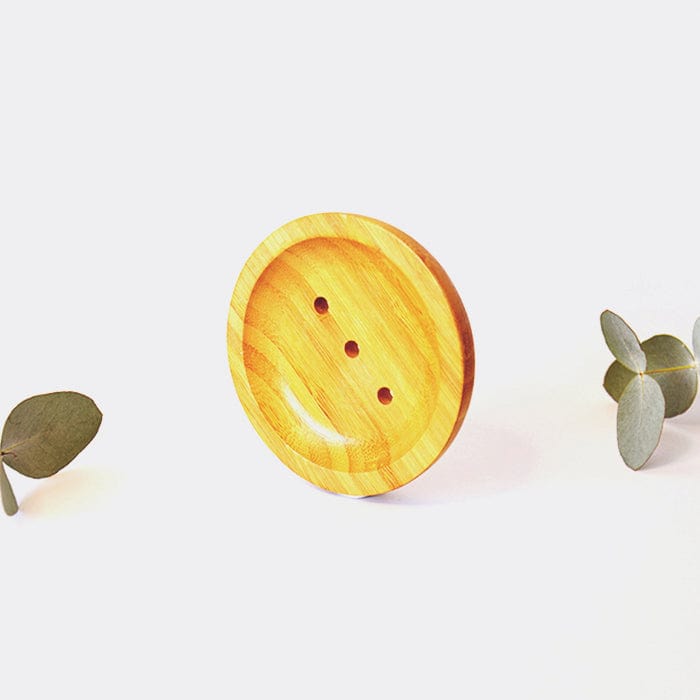Making the transition from breastfeeding or bottle feeding to a cup can be a daunting experience. Sippy cups have become an essential tool in transitioning your little one to big kids’ cups. Most of the kids training cups are made from bpa free plastic, however there are also stainless steel and silicone cups becoming available.
Types of Sippy Cups
There are several different types of Sippy cups that are preferred by different parents depending on their baby’s needs.
- Soft-spout cups
Soft spout cups are often called transitional cups as they are gentle on the baby’s gums. These cups are designed to make the transition from a bottle easier as the spout is like a teat. While these kids sippy cups are great to wean off the baby from a bottle, the downside is that it does not teach the baby how to sip.
- Hard-spouted cups
Hard-spouted toddler cups have a hard spout and require the cup to be tilted rather than relying on sucking. This style of cup is more advanced than a soft spout cup as it requires the child to tilt the cup to get the liquid out. This makes them a good transition to open cup drinking.
- Straw cups
Many dentists and child-specialists have stressed the dangers of using spout sippy cups for extended periods. If your toddler relies too much on spout cups it could lead to dental or speech problems. If your baby is between 12 and 24 months a straw cup is good alternative for those wanting to avoid spouted cups.
- Flat-lid cups
Flat-lid cups or spoutless cups allow the baby to drink from any point around the rim. Flat lid Sippy cups are designed innovatively to let the liquid flow when lips are pressed against the rim. Transitioning from a 360-degree Sippy cup like this one to open cups is extremely easy. If you have reservations about using a spouted cup, this type of cup is worth a shot.
- Open top cups
Similar to any adult cup, but with a gentler rim, open cups are suitable for babies who outgrew the need for a spout for drinking.
Pros and Cons
There are upsides and downsides to using Sippy cups and it ultimately comes down to what you value the most.
Pros
- Avoid spillage: Bringing up an infant means dealing with mess as accidents are inevitable. In our busy schedules, even a small spill could feel like an increased workload. The most obvious benefit of using a leakproof Sippy cup is one less spill for you to manage.
- Keeps them hydrated: Identifying colours is one of the first things babies do when they begin understanding the world around them. Baby Sippy cups come in vibrant and fun colours, making the act of drinking fun for kids.
- Act as a great training tool: These no-spill cups bridge the gap between breast/bottle feeding and adult cups. For the little ones, the act of sipping and holding a cup is a complex task, so it is important to help them.
Cons
- Tooth Decay: Prolonged use of sippy cup throughout the day can lead to tooth decay as the sugar in milk or juice can pool in the mouth encouraging tooth decay.
- Cleaning inconvenience: cleaning sippy cups can be a hassle as they often have hard to reach places which can cause a build-up of residue. Where possible look for an easy to clean and dishwasher safe cup.
- Speech issues: The way we drink out of a cup is significantly different from drinking out of a kids Sippy cup. For a growing infant, prolonged use of a spouted cup could encourage the tongue to sit more forward in the mouth. If a baby is unable to learn the wave like motion of tongue, it could lead to possible speech impairment.
We need to take care that babies do not become too dependent on Sippy cups and use them only as a transition between bottles and cups.
How to choose the best Sippy Cup for your toddler?
There is no one cup that works for all toddlers. There are a few things you should consider that will help you choose the best cup for your child.
- Spout: it is advised to start out with a soft spout cup and then you can choose to move to an open cup or hard spouts at a later stage.
- Material: Sippy cups can be made from many different materials such as plastic, aluminium, stainless steel and silicone. While plastic cups are lightweight, you may want to consider the environmental impacts and make sure they cups are recyclable and bpa free.
- Handles: handles can help toddlers easily hold the cup and lead to less accidents.
- Weighted bottom: Some cups have a weighted bottom or silicone sleeve which makes them less likely to tip over, but does ass weight to the cups.
- Leakproof or spill proof: Choose a quality drinking cup that is leakproof or spill-proof.
- Easy to clean: make sure the cup is easy to disassemble and clean. Ideally one that is dishwasher safe.
How to introduce Sippy cup?
At around is 6 months of age the World Health Organisation recommends you start feeding your baby solids in addition to breastmilk. It is around this time you can also start introducing a sippy cup with boiled and cooled water at mealtimes. Read on to know more about how to effortlessly introduce your child to Sippy cups for milk and other liquids.
At what age can a baby drink from a Sippy cup?
While the general agreement is that you should begin introducing the baby to Sippy cup when they are around 6 months old, this is not a blanket rule. If you observe your baby has developed motor skills to hold on to a cup, they may be ready earlier. Some signs include sitting up straight without support and holding a bottle independently.
How to transition baby to Sippy cup?
The weaning process will unfold gradually, and you will have to find out what works best for your baby. The sippy cup can be used in addition to breast or bottle feeding and does not have to replace these.
- Start with familiar liquids
Begin the introduction with liquids like expressed milk or formula. This will help to familiarise them with the cup.
- Start with a soft spout
A pliable spout that resembles the breast or bottle works best. Soft spouts are gentle and make for a smoother transition.
- Offering cups when they are hungry.
Babies are less reluctant to try out new things when they are hungry. Using a cup specifically at mealtime will help them get accustomed to it.
- Show them how to drink from the cup
Sometimes babies are simply confused about using Sippy cups and might need your help to explain how to drink from it, they learn through imitation.
- Try different cups
Try experimenting with different cups if the baby consistently refuses a specific type.
List of the best Sippy Cups that are leakproof or spillproof
We have brought together a list of premium quality baby drinking cups that are easy to clean and are a great training tool.
B.Box Sippy Cup

This spill-proof sippy cups features an innovative weighted straw that moves with the contents. The straw enables kids to sip at any angle, even lying down and is one of the best trainer cups you can try out. The flip top and handles make them a great introductory cup that is also travel-safe, dishwasher safe and free of BPA, phthalates free, and PVC free. However, refrain from putting these in the microwave.
You can make these cups more fun by pairing them with B Box’s Neoprene Sleeves! As well as adding style and fun to your cup the reversible sleeves act as insulation and protection for your cup.
Nuk Sippy Cup

The First Choice Learner Bottle by Nuk comes in a variety of visually pleasing shades. This soft spout sippy cup is easy to take apart for cleaning. This cup comes with a handy cap to keep the spout clean. The handles are ergonomically designed to help little hands keep hold. Moreover, the integrated NUK Air System equalizes the pressure in the bottle and helps reduce colic.
BeEco Sippy Cups
![]()
Be Eco’s Sippy cups come in a range of pastel shades that are visually soothing. Made from food grade silicone, the baby cups have a removable lid and straw so they can be used as an open cup or for drinking with a straw. This means that they are great during the early transition phase and can also further train your toddler as they learn to drink from the cup without the straw or lid.
They are lightweight, dishwasher safe and exceptionally durable. These cups can go from the freezer to microwave without any issues. The capacity of BeEco’s trainer cups is small at 179ml.
Klean Kanteen’s Classic Sippy Cups

The stainless-steel cups by Klean Kanteen come with a spill proof cap and dust cover. The food-grade stainless steel will not retain flavour or smell. They have a swivel loop for easy carrying and can be easily attached to a pram or bag. There bottles are durable with a chip resistant powder coat to withstand wear and tear.
The slim design of the cup makes them compatible with most cup holders. The product is backed by the lifetime guarantee. Klean Kanteen’s cup is compatible with all Classic Caps, so when you’ve outgrown the cup, you can simply purchase a new cap to turn it into a stainless-steel water bottle.
Liewood Silicone Baby Cups

Made from pure silicone, Liewood’s Baby cups are BPA free and suitable for the microwave, dishwasher, and freezer. The removable lid has a small spout, and you can be used with or without a straw. Liewood drink cups come with a cleaning brush for the straw. With a capacity of 230 ml, these cups offer a choice of a cute rabbit or cat design! The small studs at the base save the cup from toppling.
Re-play Sippy Cups

Re-play cups are a great choice for eco-conscious parents as they are made from 100% recycled milk jugs! Available in a vibrant range of colours, these cups are free from toxins like BPA, melamine etc. The silicone valve on the cup means that you are protected from spills. The Replay toddler cups are microwave and dishwasher safe. Their simple design makes them easy to clean as well.
Tommee Tippee Sippy Cup

Tommee Tippee Sippy Cups can hold 200 ml of liquid and come with removable, non-spill valve which keeps mess to a minimum. This also makes disassembling them easier and you can pop them into the dishwasher’s top shelf. The soft spout and removable handles make them easy to handle. This cup is great to help develop drinking skill of your toddler as you can remove the handles when they are able to hold the cup independently.
Nuby Sippy Cup

Nuby’s has a wide array of Sippy cups for babies between the age 6-18 months.
Nuby’s 360-degree Wonder Cup
The Wonder cups by Nuby are one of the finest flat-lid cups available. Made from durable, break resistant TritanTM these Sippy cups have a capacity of 300ml. The rim is protected against germs by a hygienic cover. Wonder Cups are available both with and without handles.
Nuby’s No-Spill™ Cup
The No-Spill™ features a patented “Vari-Flo valve” that allows liquids to pass through the cup only when suction is created. This ensures that the contents will not leak even when the cup is shaken or knocked over. No spill cups are available in a Silicone Spout Cup, Flip n Slip, Sports Sipper and Twin Handle, to name a few. Each cup prides itself on its signature leak-proof technology, the difference being their design. The carrying capacity of each cup ranges between 200ml-500ml.
Nuby’s Thirsty Kids Cups
Suitable for older toddlers, the Thirsty Kids Cup promotes hydration for the kids on the go. The straw cups are kept hygienic by the protective flip cap. The soft silicone of the straws is designed to be soft on the gums and emerging teeth.
Avent Sippy Cups

Avent has a few cups available all designed for a slightly different age. As all the parts of the cup are dishwasher safe, making cleaning them a breeze.
Avent Spout Cups
The hard spout and soft spout cups are suitable for ages between 6-12 months.
- Hard Spout Cups
The angled spout of these cups enables easy sipping without the need to tilt the head too much. The rubber grip of the handles trains toddlers to hold the cup. The innovative valve ensures that liquid comes out only while drinking- saving you from spills.
- Soft Spout Cups
The soft silicone spout enables easy drinking as soon as pressure is applied to the spout. The rippled design of the cup helps maintain a sturdy grip.
Avent Straw Cups
With these straw cups, young toddlers can exercise their mouth muscles, allowing for healthy oral development. The spill proof cup is designed to help little hands maintain grip. The bendy and soft texture of the straw promotes hydration effortlessly.
Avent Grown Up Cup
These cups are great for those toddlers that have developed the motor skills to use an everyday cup. The spoutless cup is paired with a lip-activated technology. Between sips, the valve automatically shuts so you will not have to worry about spills. Additionally, the protective lid ensures that the cup remains dirt-free at the rim.
Munchkin Sippy Cup

Munchkin offers a range of products designs suitable for different stages of weaning.
Munchkin Miracle 360-degree Sippy Cup
The flat lid cups are designed with dentists’ input to supports normal muscle development in your child’s mouth. Munchkin has fun designs with help to keep kids excited about staying hydrated. Their glow in the dark and colour changing cups are sure to get you little ones attention. Munchkin has also partnered with the International Fund for Animal Welfare (IFAW) and Whale Sanctuary Project to highlight important species and help protect them for future generations. You can also choose a simple spoutless cup that is insulated or non-insulated.
Munchkin Twisty™ Mix & Match Sippy Cup
The Twisty by Munchkin are great training tools not only for weaning but also to enhance your child’s creativity. The cup is divided into three rotatable sections. This gives your toddler a chance to mix and match animals to create their own personalised cup! The spout of the cup is also bite resistant and leakproof.
Choosing the right Sippy Cup
Transitioning to a cup is a significant milestone, giving your child the opportunity to hone their motor skills while handling the cup and sipping. Some of these cups are simple and durable while others bring functionality with the accompanying accessories. We hope this blog gave you insights about choosing the cup that suits your toddlers needs.
